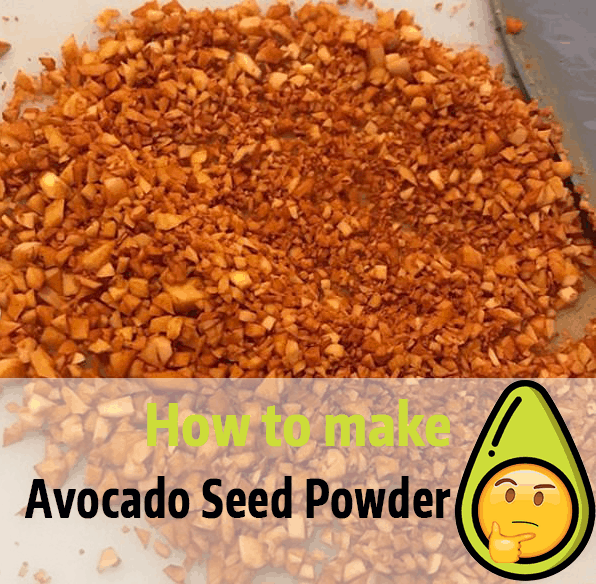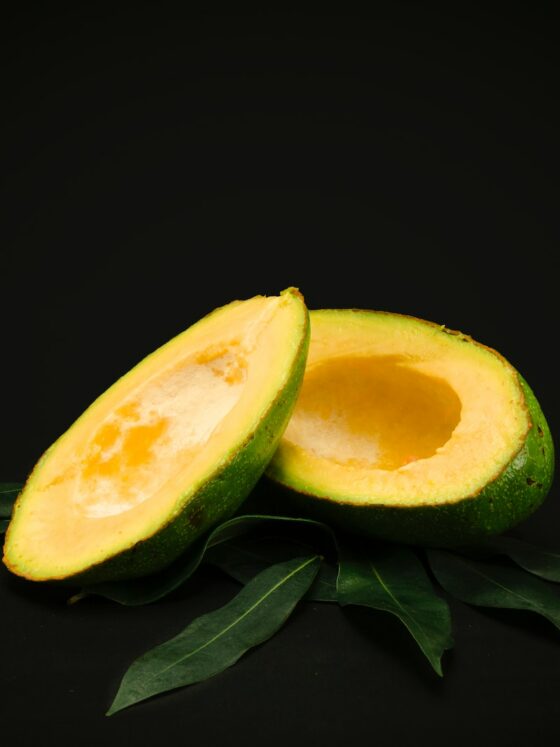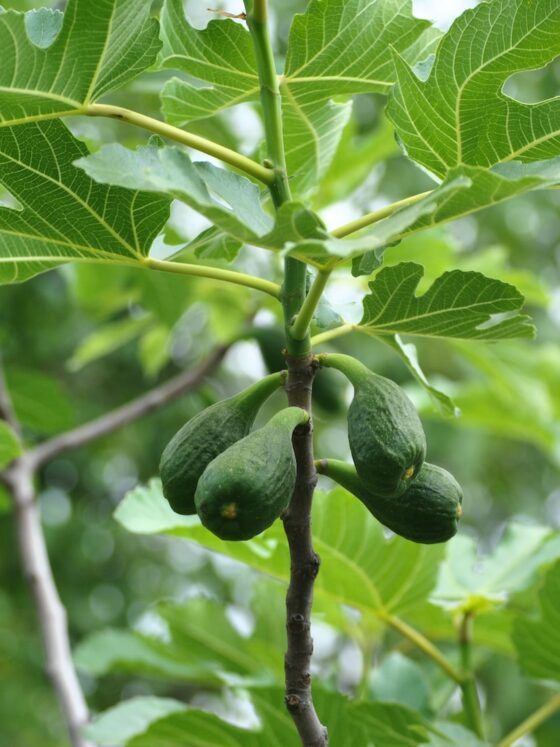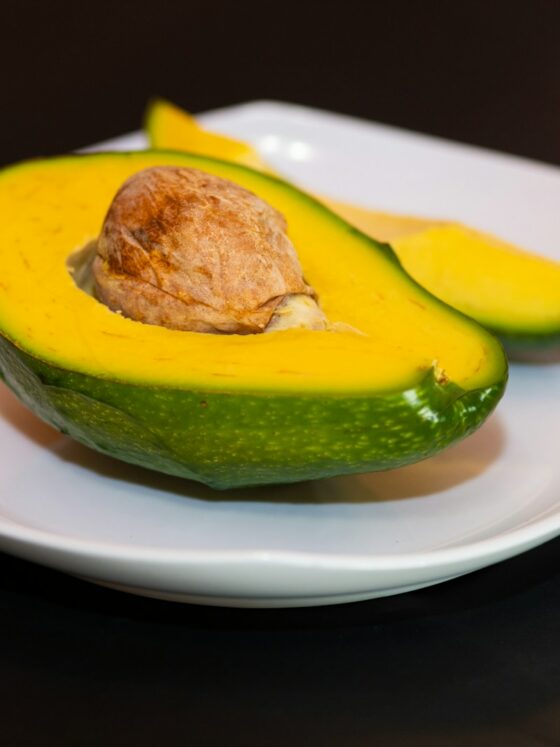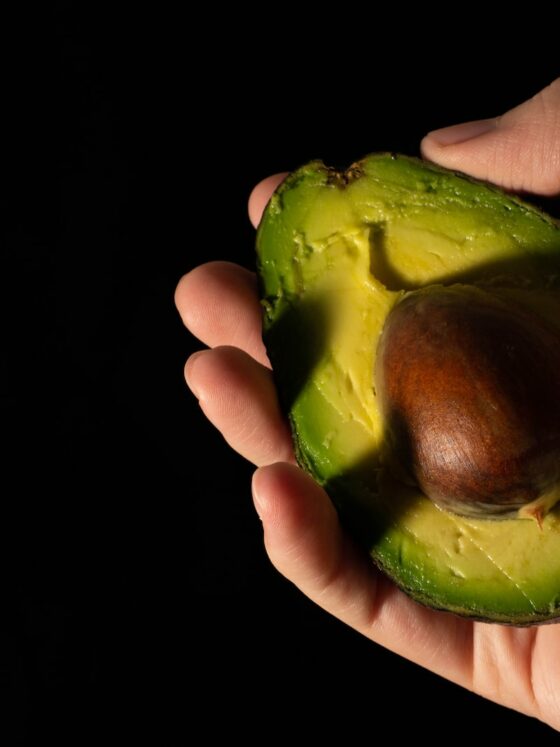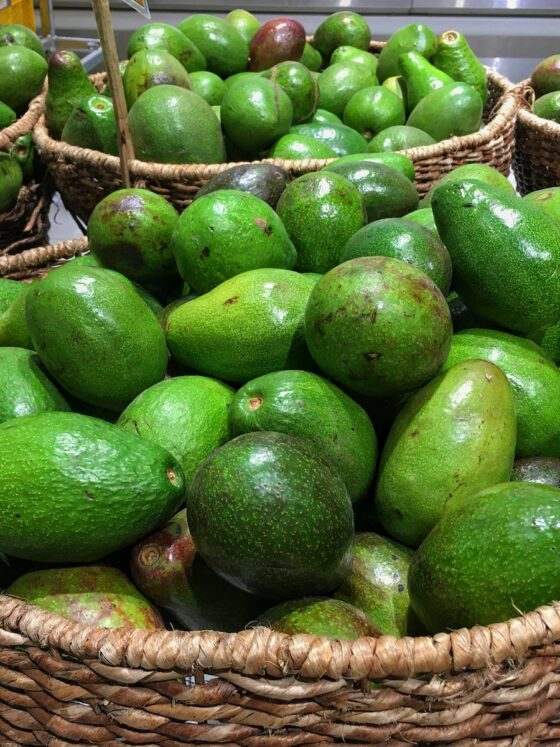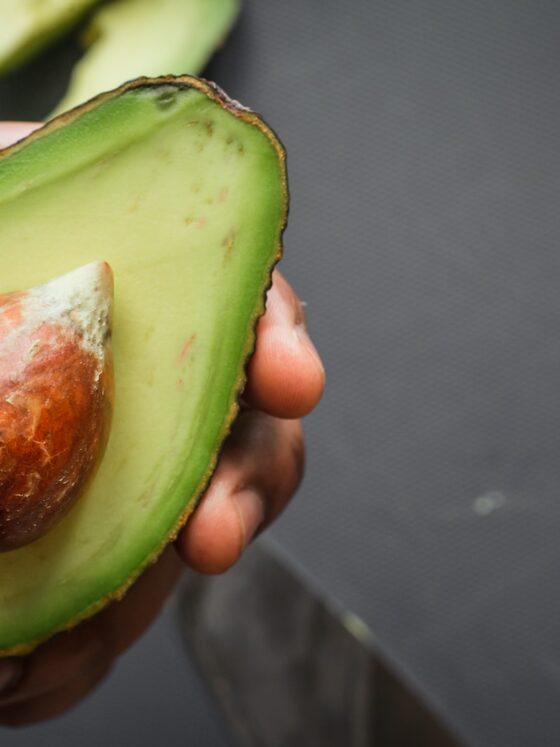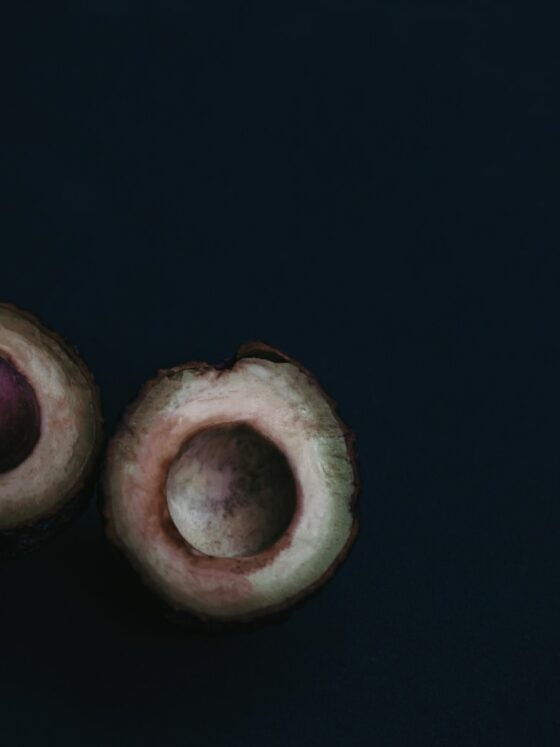Picking an avocado is a challenge. Avocados don’t come yet with a neon sign saying “ripe” so, more often than not, you find yourself picking an avocado and praying to all possible gods that it’s ripe.
What if all the gods ignore your prayers and the avocado you desperately need for that party later tonight is far from ripe? Your following question should naturally be how to ripen an avocado – and quickly!
If tips on how to ripen avocados are valuable, tips on how to ripen an avocado quickly are even more valuable. There are a few techniques shared by creative minds online that can save you if you’re on a tight schedule or if you simply bought a delicious-looking avocado that might as well just be a rock.
Table of Contents
How to Ripen an Avocado using the Oven

One technique that has been shared a lot by avocado lovers is using the oven to ripen the fruit.
This technique consists of preheating the oven to 200ºF/90ºC, then wrapping the avocado in aluminum foil and, finally, placing the avocado in the oven. Wait 10 minutes and check on the fruit. If it isn’t soft after those 10 minutes, place the avocado in the oven once more and wait 10 more minutes.
Pros
Putting your avocado in the oven will soften it and you will be able to prepare that guacamole, making your guests happy and saving your party!
Cons
Firstly, there is no guaranty that it will take 10 minutes or less. The less ripe the fruit is, the longer it will take. In some cases, it might take up to an hour for the avocado to soften.
Secondly, despite softening your avocado, it doesn’t ripen it. Putting your avocado in the oven will make it ready for the smashing process, but it will make the fruit lose some of its buttery taste and texture.
Despite the cons of this technique, if you desperately need to ripen that avocado, this is the best and quickest method. It’s better to plan ahead and be certain that by the day of the party, you have a ripe avocado, however, some things aren’t under our control, and for that, we advise you to use this technique in times of need.
How to Ripen Avocados using the Microwave

Choosing the microwave instead of the oven is also a valid option. The technique is similar. To ripen your avocado on the microwave you just have to, first, prick the skin of the avocado using a fork in order to vent the heat.
Then, place the avocado in the microwave and heat it on a low setting for about 30 seconds. Stop the microwave and test the firmness by prodding the fruit. Afterward, and if needed, continue to microwave the avocado in 30 second-intervals until the fruit reaches the desired softness.
Pros
Just like in the oven method, this technique softens your avocado in minutes, depending on how ripe the avocado is from the start. Avocados seem to soften quicker in the microwave than in the oven.
Cons
Also like in the oven method, it doesn’t ripen the fruit and it takes away a part of the avocado’s nutty flavor and creamy texture we all adore so much. Moreover, avocado lovers who have tried this technique complain, primarily, of the gnarly smell that takes over the fruit after the microwave session.
How to Ripen an Avocado using a Paper Bag

Another technique the internet seems to enjoy is the paper bag technique.
The avocado continues to ripen after it has been taken from the tree. In fact, like the avocado, there are a lot of other fruits that continue to ripen after being taken from the tree (for example, apples, tomatoes, and bananas). This happens because these fruits release a hormone called ethylene, which is responsible for the ripening process.
Find an intact paper bag – it can be any paper bag, as long as it doesn’t have any holes in it – and place the avocado (or avocados) inside it. You can place just the avocado or you can add other fruits that release ethylene (bananas, apples, figs, cantaloupes, apricots, tomatoes, etc.) if you want to speed up the natural ripening process.
Adding other fruits generates higher amounts of ethylene inside the bag. The bag traps the hormone and thus accelerates the process. Then seal the bag and leave it untouched. Store it at room temperature and check on the avocado once daily. It’s important to check on the avocado or avocados you placed in the bag daily because, depending on how ripe the fruit was when you got it, ripeness might be attained overnight, so pay attention.
Another version of the paper bag technique is placing flour with the avocado inside the bag. The flour soaks up excess moisture, keeping the fruit free of mold while ripening. Moreover, the flour’s yeast has the same effect as ethylene. It comes in handy if you don’t have other fruit that releases ethylene at home since it takes the same amount of time. Here’s how it works: fill the paper bag with two inches/five centimeters of flour. Next, place the avocado in the bag, on top of the flour. Seal it up and store it somewhere at room temperature.
Some avocado consumers suggest yet a third paper bag method involving the sun. The key factor isn’t the sun, but the temperature – warm fruits ripen faster. As in the techniques shared above, place the avocado or avocados in a paper bag. Then, place it in a sunny windowsill.
Pros
This is a method that definitely works. It decreases the average ripening time to three days and less. And contrarily to the previous techniques, the avocado does ripen, which means that the buttery taste and creamy texture stay intact. This is, thus, an ideal method if you are in a hurry but not in that much of a hurry.
Cons
Sadly, this technique isn’t helpful if you’re throwing a party tonight. It takes up to three days if you put the avocados along with other fruit that releases ethylene gas in the bag. If you need the avocados to be ripe as soon as possible, consider the first two techniques.
How to Ripen a Cut Avocado
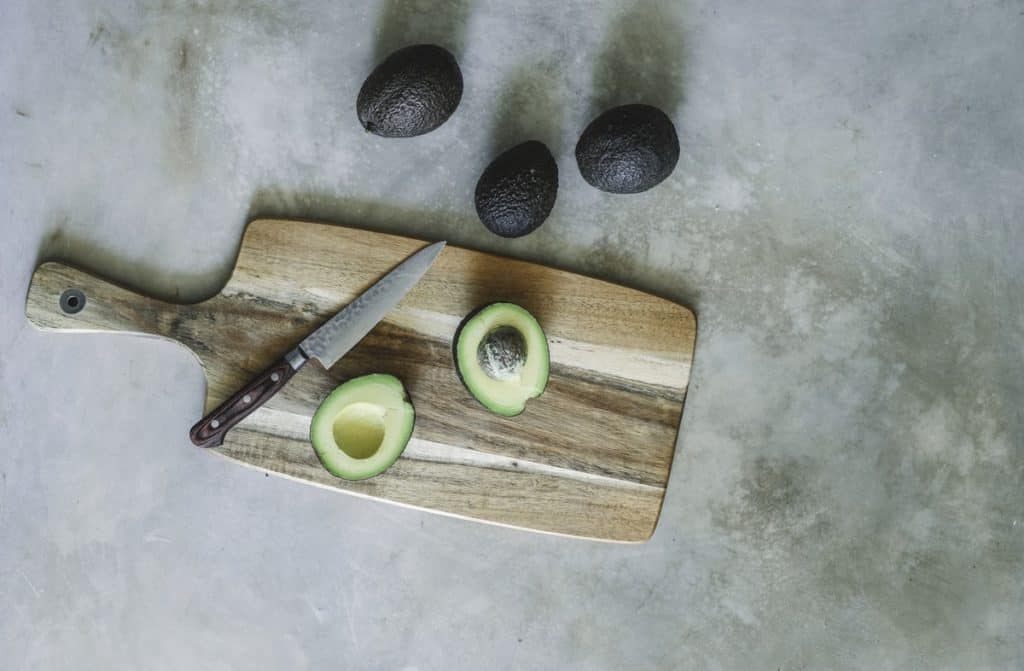
Have you cut your avocado and only found out it isn’t ripe after you’ve cut it? Don’t stress – it isn’t ruined yet. There is a technique you can use to stop the oxidation process in your avocados and let them ripen.
To stop it from turning brown and gooey, sprinkle the avocado with lemon or orange juice. The citrine juice will keep it green and alive so it can ripe and give place to a wonderful avocado toast. Next, you will want to put the two halves together (as if it were whole), cover it in plastic wrap or put it in a sealable container, and place it in the refrigerator.
The time the avocado needs to ripen depends on how ripe it was at the time you cut it, so you must check on the fruit regularly. Take the avocado out of the plastic wrap or the container and test its firmness with your finger. If it feels soft and seems altogether ripe, give it a try. You can put it back as it was if it’s not perfectly ripe yet.
How to know if the Avocado is Ripe or not
Knowing how to get a ripe avocado is better than speeding the ripening process. We’re going to break it down here, but if you want to learn about this you can consult our complete guide.
Ripe avocados peel easily and are soft, but not squishy. They are the firm kind of soft. If you are picking an avocado in the store, pay attention to the skin, for avocados with darker green skin color may be riper than those with lighter skin. Nonetheless, do not just judge by their color, as some varieties will maintain their green color, even when ripe, rather than turning a deep greenish-brown.
A simple way to determine if the avocado is ripe is to remove the stem. Take a look at the thin end of your avocado, and you should see a sort of “growth” where the fruit was attached to the tree: that’s the stem. Removing the stem exposes the avocado’s flesh, giving you a sneak-peek of the ripeness of the fruit, so give that stem a gentle wiggle.
If it is easily removed and the place where the stem was is brown, it means that the avocado is too ripe; if the stem is easily removed and the place where the stem was is bright yellow/green, it means that you should definitely get that one because the avocado is perfectly ripe. If the stem feels unready to be removed, it means that the avocado is not ripe yet.
Please keep in mind that tugging the stem is something you should after having bought the avocado. Removing the stem might compromise the ripening process of the avocado. Furthermore, it’s disrespectful towards other consumers to be tarnishing products that are still available for everyone.


